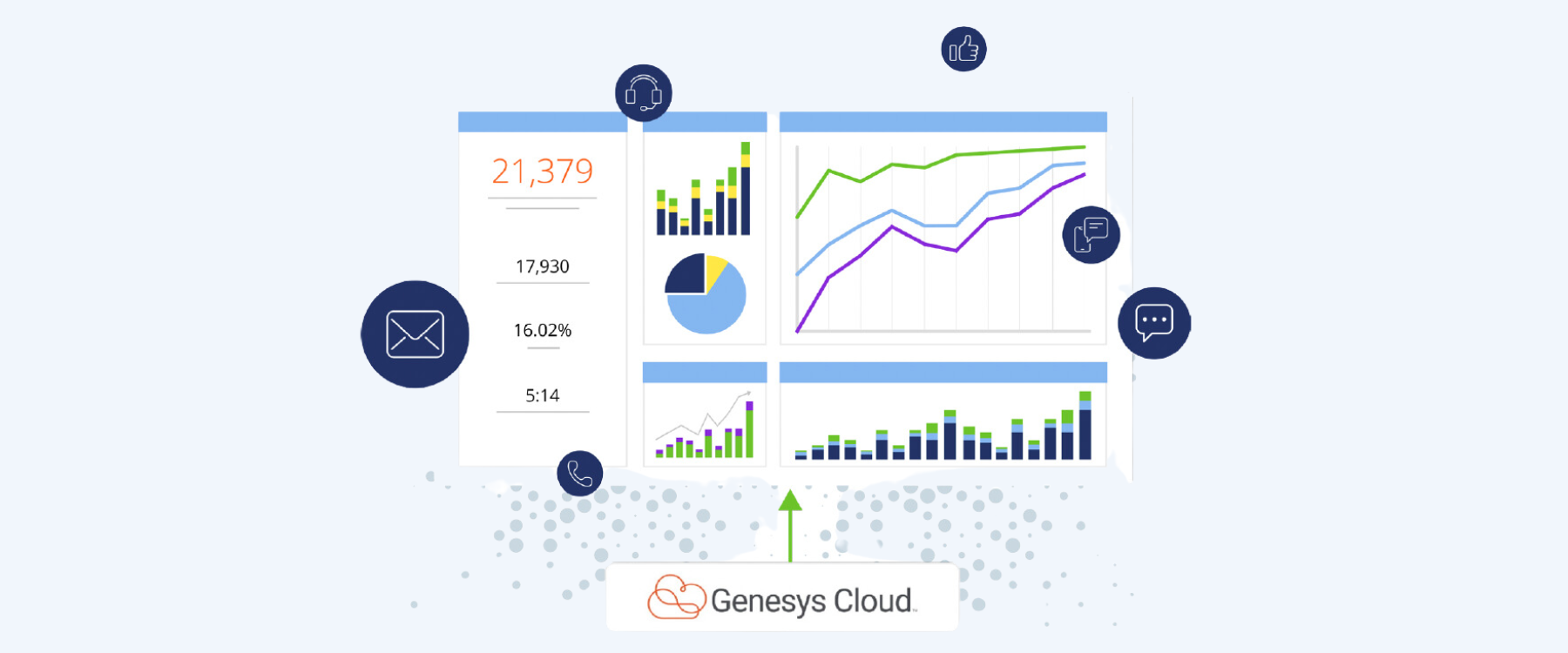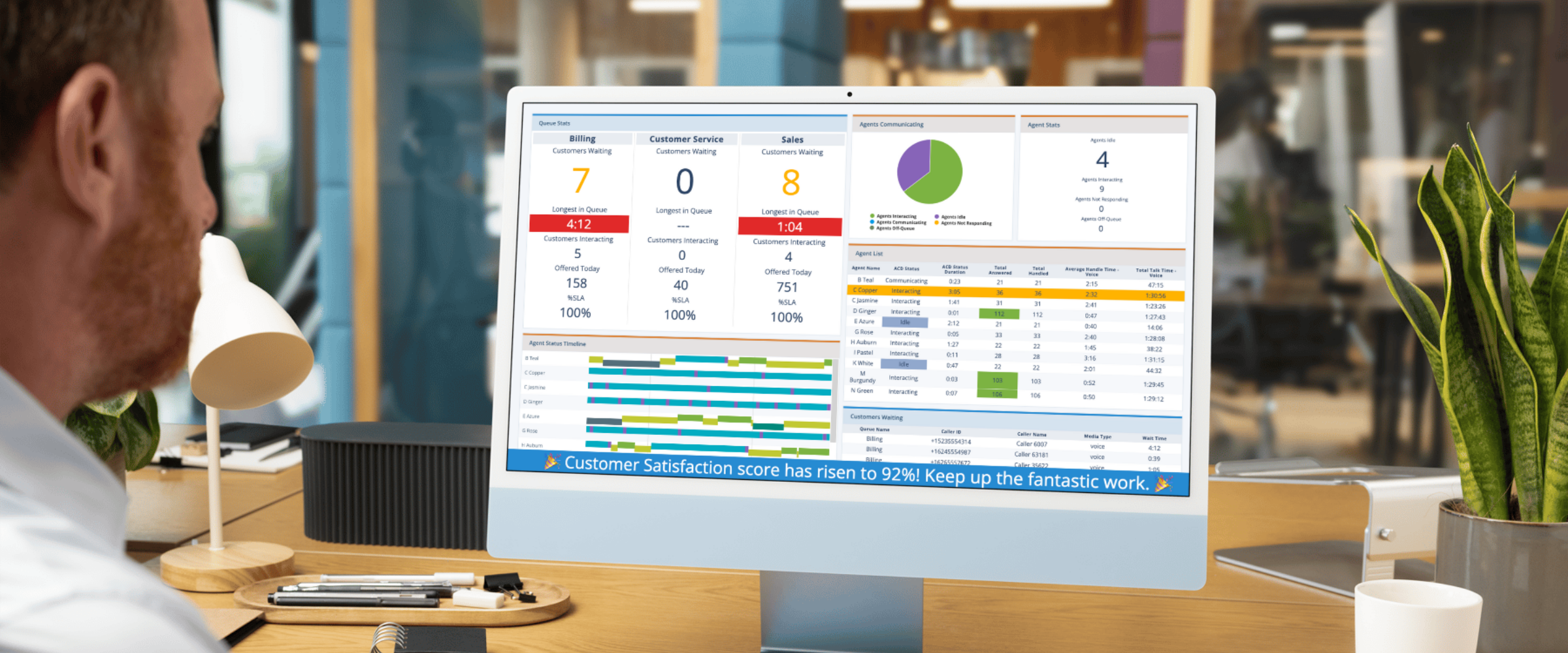“It is not what you said but how you said it.” Maybe you’ve heard a phrase like this when you’ve argued with a family member, or perhaps you thought this when you got a message that you felt was unnecessarily harsh. Most of the time this sentiment is referencing “tone” or the way a message is getting communicated.
When you are communicating in person, we have much more than words on our side to help us get our point across. Body language, facial expressions, hand movement and gestures, and of course, our tone of voice help us deliver our message the way we intend it to be understood. So much of human communication is non-verbal and helps our brains figure out the context and meaning of messages.
When we communicate over the phone and no longer have those nonverbal cues on our side, suddenly our word choice and our tone of voice become increasingly significant. The tone you use impacts how a listener interprets your message and can be the difference between appearing helpful and friendly or coming across as cold or even condescending.
In fact, you can probably recall a time when you knew that the person on the other end of the line sounded unenthusiastic, hostile, or bored. You most likely picked up on these tonal cues right away and it likely impacted how you responded.
In this article, we will explore our understanding of how tone can impact customer satisfaction rates in the call center, best practices for improving tone when communicating, and how to get everyone on your call center management team caught up on the topic of tone.
Why Does Call Center Tone Matter?
As our world becomes increasingly technological and automated, businesses that stand out are the ones that obsess over customer experience. Time and time again, when we reflect on positive experiences we have had the same things get mentioned – speed, convenience, consistency, friendliness, and feeling valued. What do those things have in common? A person is driving that experience.
Technology empowers and enables us to accomplish amazing things but humanity is what helps companies make real, meaningful connections with their customer base. Consumer trends show that people are increasingly loyal to products, brands, and devices based on the overall experience more than anything else. And you will not have many chances to get “it” right.
Here are some figures you should know:
- 32% of polled consumers said they would walk away from a brand they “love” after just one bad experience.
- 54% of Americans have said they feel that customer experience at most companies needs improvement.
- 42% would pay more for a friendly, welcoming experience.
- Among U.S. customers, 65% find a positive experience with a brand to be more influential than great advertising.
So what does that mean for you, the business owner, the contact center owner, or the call center manager? It means you are in a unique position to prioritize technologies that foster or deliver on what matters most to your customers (more on how Brightmetrics can help with that later) and to drive major payoffs by spending time intentionally designing best practices that help your employees drive top tier experiences.
Tone Challenges in Customer Service and Call Centers
Customer service is not always sunshine and rainbows. Sometimes customers are going to have issues that are not easily resolved, and additional members of your team may need to get involved. People are most often in a rush when they reach out to your business, and nobody enjoys being put on hold or waiting for a response for extended periods.
However, studies surrounding phone communication show that controlling your tone of voice can have a significant impact on your customer’s perception of your helpfulness, willingness to resolve the issue, and competency. You don’t even have to change the words you are saying, you can see improvements with just the way you are saying them. Our brains are talented at picking up on tone.
5 Strategies for Improving Tone in the Call Center
1. Start Positive
Starting strong with first impressions over the phone can be especially difficult with a challenging customer. To help your agents with active listening and a positive tone, encourage them to take deep breaths as they listen, before replying to regulate their own emotions. Coach them that sometimes allowing for silence, or a pause can give both parties the time to think and move forward intentionally.
Although it might seem impossible to “start positive” when we are assuming the call is already trending in a negative direction, it can very easily get back on track with a pause, acknowledging the issue (not necessarily even the emotions of the customers), and showing a sincere interest in the topic at hand.

2. Stay Empathic
Encourage your employees to put themselves in your customer’s shoes. Ask them to reflect on times people went above and beyond to make sure they had a positive experience. This can even be a fun group exercise. Dive deeper into the interactions people mention. Did they feel understood? Did they feel encouraged? Did they feel their issue was in capable hands? How were they spoken to? Did the person seem enthusiastic about helping them? Were they friendly? Did they have an upbeat tone?
So often during reflection, you start to make the connection with how a willing, helpful tone is often the start of positive customer interaction.
3. Listen to Your Customer Cues
Coach your customer service agents to listen to their customer’s vocal cues and meet them where they are. For example, if a customer is calling in and is expressing how upset they feel, then there is an opportunity for your customer service representative to respond in an “even” tone instead of a super upbeat, inappropriately perky tone.

Or, if your customer is generally pleasant there is a lot of evidence to suggest that simply mirroring their tone and attitude back can result in positive interaction where your customer feels as if they are being heard and that your agents are capable of helping them.
4. Smile
It turns out that studies have also shown that not only do humans react more positively to a person who is smiling at them in person but they also seem to know when someone is speaking to them while smiling over the phone. When someone is using a “smiling” tone with us, we are more likely to speak to them in the same tone, often physically smiling even though they cannot see us.
For contact centers, this can be a powerful tool to utilize for your call center agents AND for your automated systems. Consider the hold or queue messages of your IVR systems, is there an opportunity to incorporate a brighter, “smile” tone? Here is a fun exercise to try for yourself! Listen to this pair of sentences. The first sentence in each pair has been manipulated to dampen its “smiling” tone; the second highlights the tone of smiling. It’s subtle but a lot of people catch on immediately to the difference.
(Headphones suggested) Part 1: Part 2: © Pablo Arias and Jean-Julien Aucouturier, Science and Technology of Music and Sound research laboratory (CNRS / IRCAM / Sorbonne University / French Ministry of Culture).
5. Genuine
Depending on the call center, your agents might be working with a “script” to help them navigate conversations. Tone is especially important in these instances so that customers do not feel like they are talking with a robot or machine, or that the advice that is being offered is not being customized to them and their “unique” issues.
Customers immediately see-through and feel uncomfortable with platitudes, or cliches that do not feel personalized. Think of it this way – if you were in a face-to-face conversation would it “feel” normal to look someone in the eye and say “ we are committed to your satisfaction”? Probably not. Would it “feel” normal if someone was obviously upset for you to in a single, monotone respond with “thank you for being a loyal customer?” Again, probably not.
Real and genuine responses to people would be centered around acknowledging their feelings and letting them know you are ready to help them resolve the issue.Over the phone, the tone does so much of the heavy lifting in helping your customers understand your agents.
Brightmetrics Helps Train Tone
Understanding that customer service representatives are in a unique position to influence your customer’s perception of your organization and brand is an important first step for business owners. Giving your agents and call center managers the tools they need to hone their customer service skills and better serve your customers will always be a worthy investment.
Brightmetrics offers Mitel and Genesys Cloud users the tools to unlock strategic insights from your call center and contact center interactions and data. Within our cradle-to-grave reporting, take advantage of the call recording feature that allows your agents and managers to flag and analyze calls for training opportunities. Our call recording tool can be used to empower your contact center team by enabling them to easily pull a particularly difficult customer call for deeper analysis.
Teams can also access easily resolved calls to listen and compare to, and identify opportunities for improvement. Have an agent with a consistently high Average Handle Time (AHT)? This may be an indication that the agent is struggling to get through calls, and maybe a good idea to listen to those call recordings and see what opportunities can be identified. On the flip side, have an agent that has consistently high CSAT scores? Listen and study their calls to find more about the mechanics of what is making their interactions so successful. Brightmetrics delivers powerful analytics, vital customer insights, and more. And it is unbelievably easy to get started!
Start a free trial today.



